- Joined
- 13 June 2007
- Messages
- 2,173
- Reaction score
- 3,095
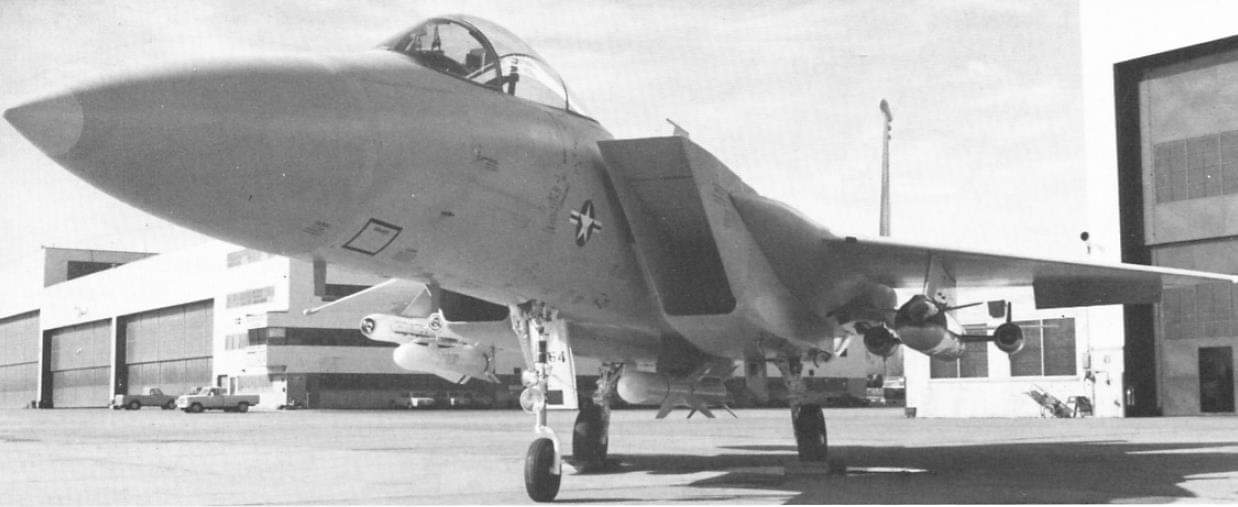
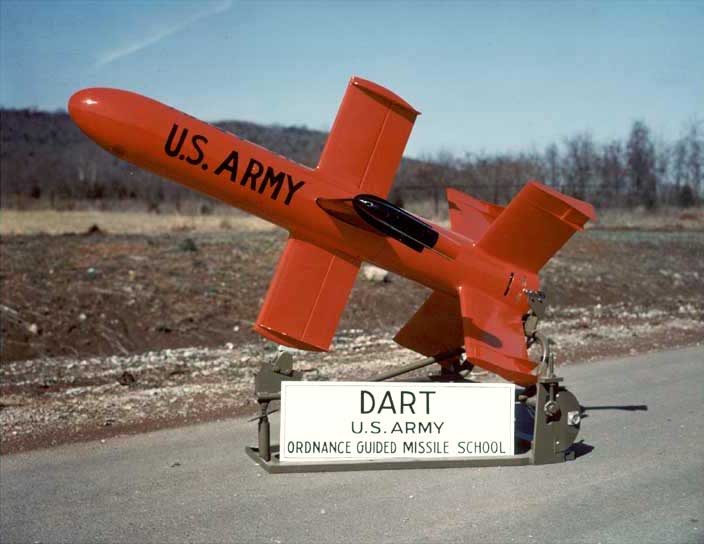
My guess is that it's a model of something proposed. I'd say it dates to the late 40's. The multi-booster configuration with a common ring to help make each booster rocket put out equal thrust, was pretty commonly used up until about 1949 or so, when large single solid fuel rocket boosters became the norm in US designs.
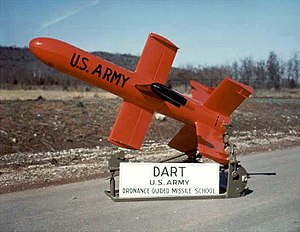
First time seeing a LAU-88 on an Eagle, so cool!F-15A-18-MC s/n 77-0064 of the 4485th Test Squadron is seen here with a dummy loadout of a cluster of three Mavericks, a Harpoon, and an unknown (to me) missile under the port wing.
STALINE Organ ? but English
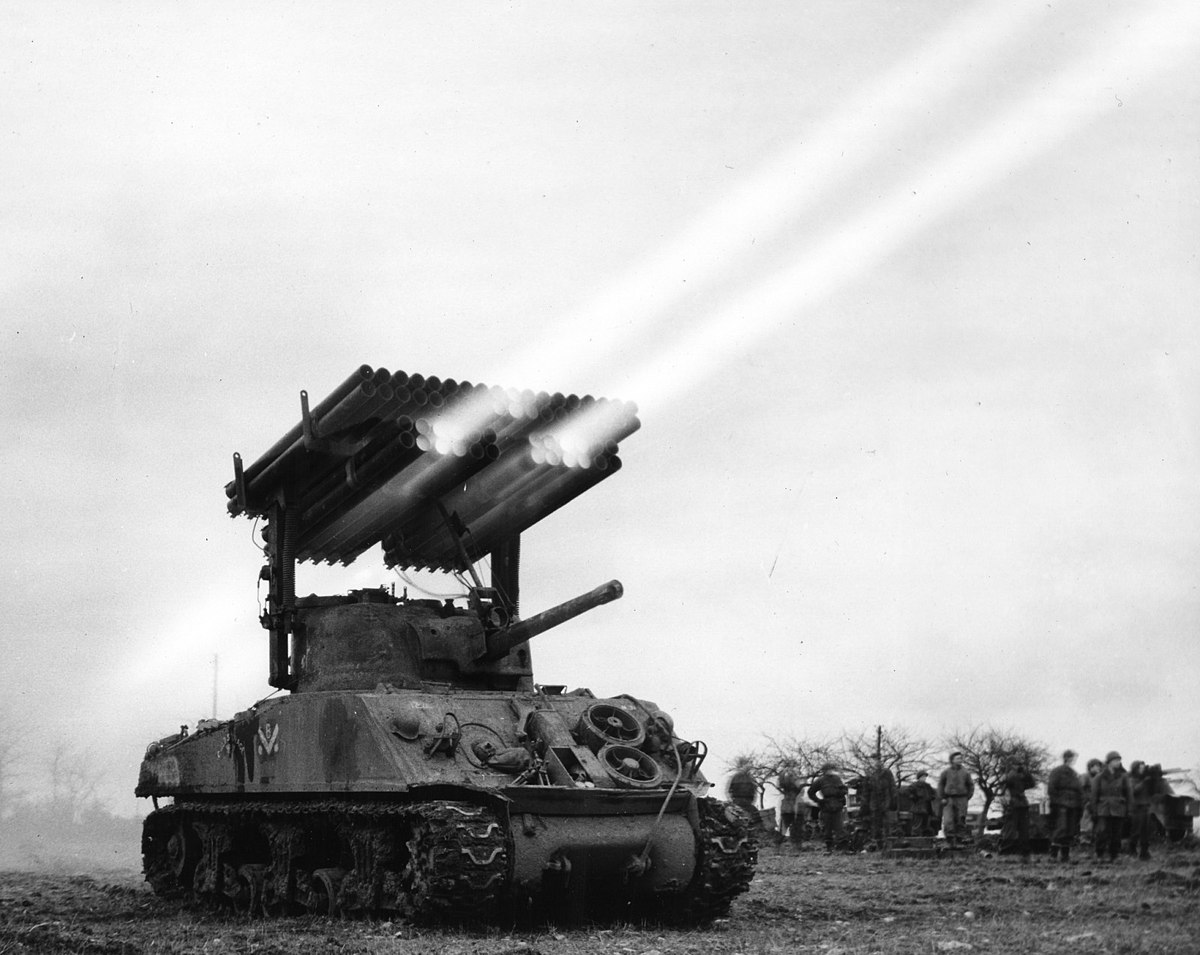
PLUTON French nuclear 1971
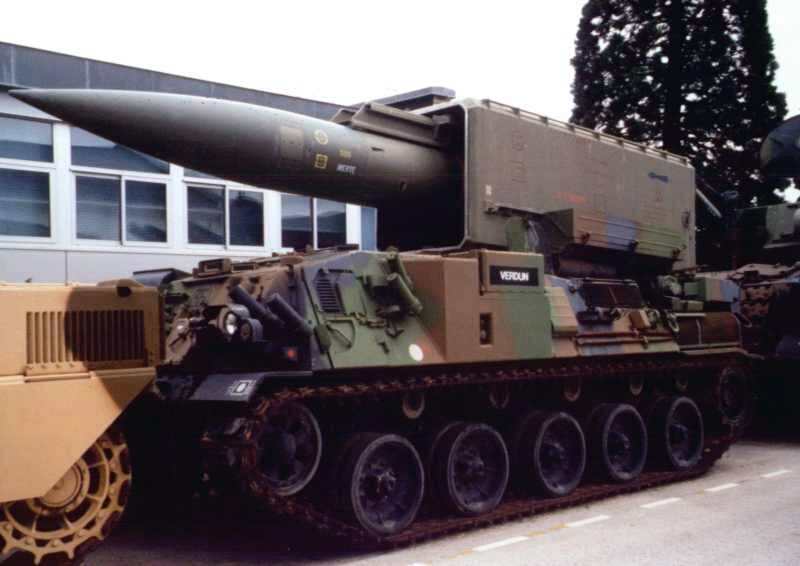
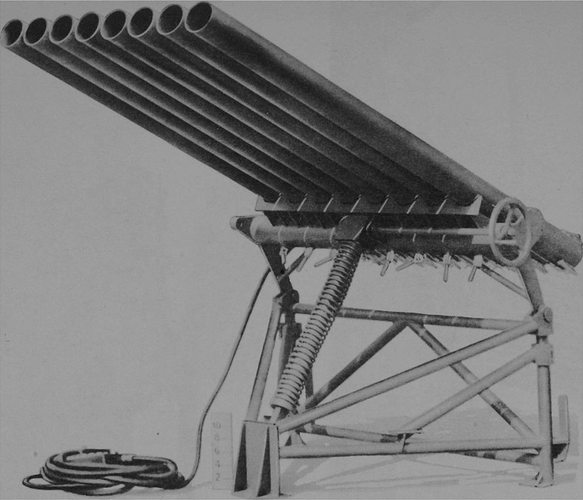
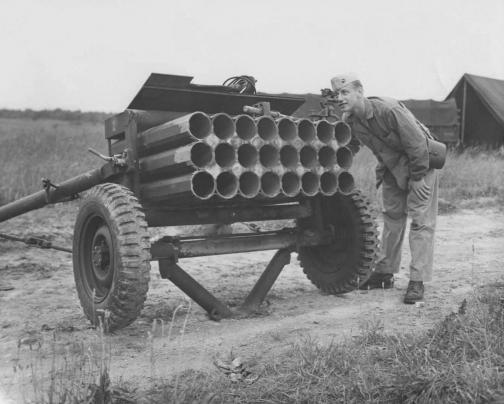
That design did live on into the Cold War after a fashion with the M91 115mm (4.5") 45-tube trailer launcher for the utterly horrible M55 chemical rocket that gave everyone involved in their handling and disposal absolute hell.The British land mattress rocket launcher as well as the US 4.5" rocket launchers in various forms were very limited and short-lived weapons systems that appeared late in WW 2. The US Army was never keen on rocket launchers as a weapon.
The T27 "Xylophone" was the US Army's most common launch system, and it was never standardized as the T designation shows
View attachment 674977
The T34 "Caliope" version just uses several T27 launchers grouped on a Sherman.
Another variant, issued to just one field artillery battalion, the 282nd, was the T66 launcher
View attachment 674978
The USMC used some in Korea as the M16, but it was phased out of US Army service after WW 2.
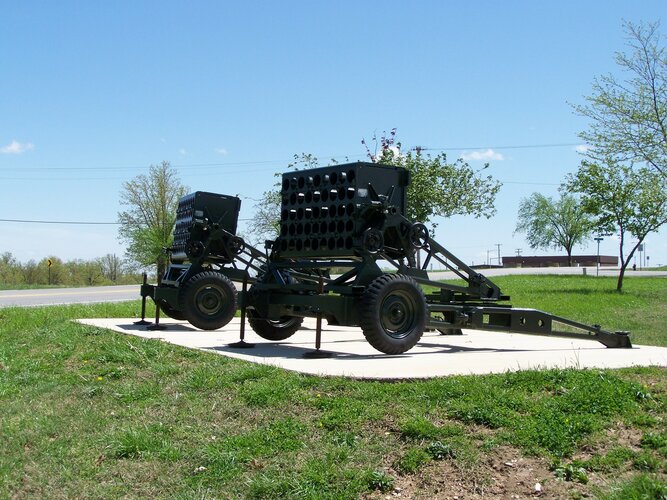

F-15A-18-MC s/n 77-0064 of the 4485th Test Squadron is seen here with a dummy loadout of a cluster of three Mavericks, a Harpoon, and an unknown (to me) missile under the port wing.
was ist das?
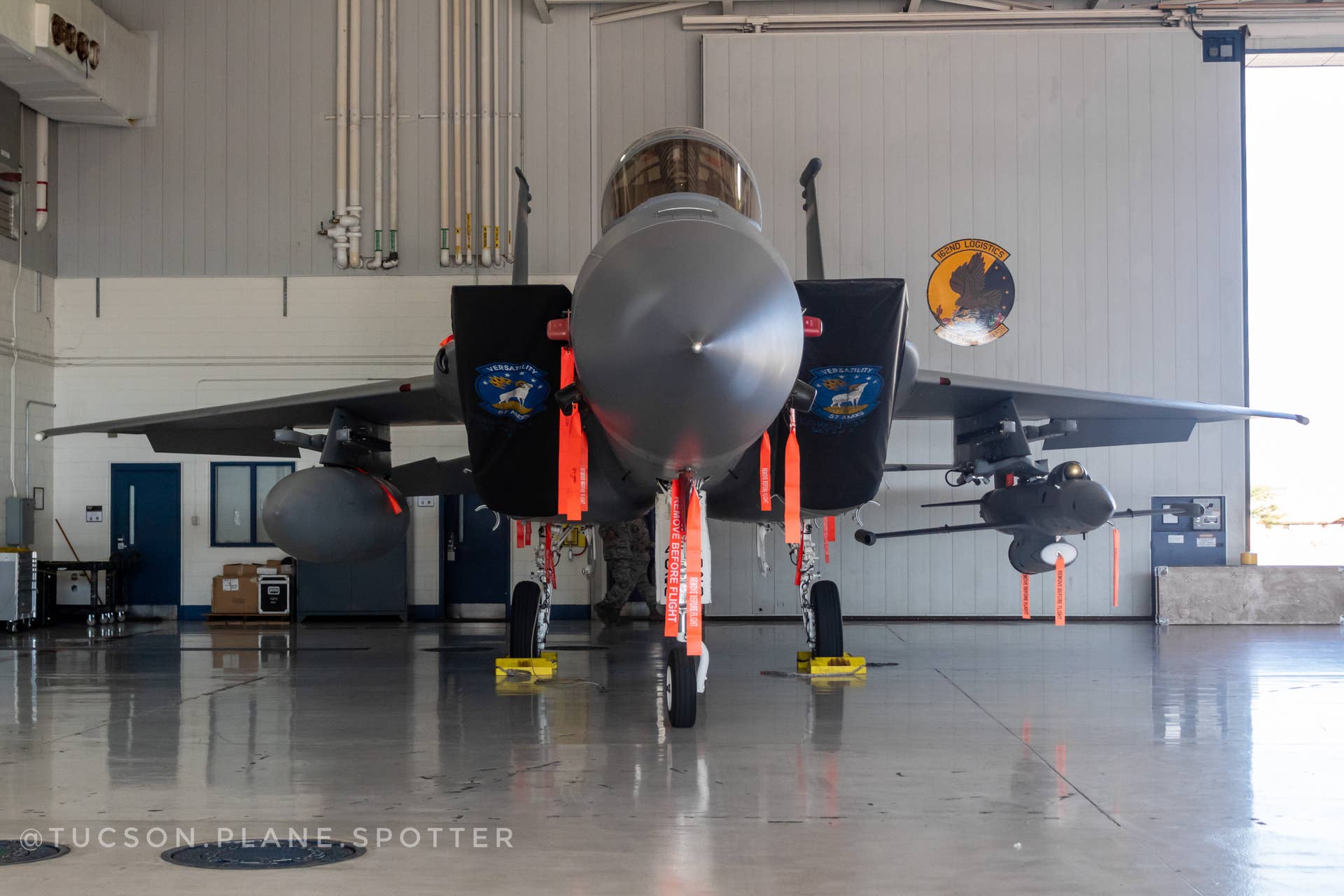

No, the multiple booster configuration was common to most US postwar missiles using a booster stage up to about mid 1947 when the single engine booster in-line with the second stage became the norm following developments by Aerojets and the Alleganey Ballistics Lab of those for Project Bumblebee.The only configuration and design that are closest to the model exhibited in the photo is the Early BTV and the Cobra BTV from after- war with its boosters arranged around on rings, however it was a ramjet missile.
Admittedly T.A.G, you You're right but the configuration of the BTV appears more similar and closer to the device on the Foto where the boosters are arranged around on rings.No, the multiple booster configuration was common to most US postwar missiles using a booster stage up to about mid 1947 when the single engine booster in-line with the second stage became the norm following developments by Aerojets and the Alleganey Ballistics Lab of those for Project Bumblebee.
Other missiles using this configuration (multiple boosters) included Nike and early GAPA. The 600 model GAPA at Wendover AFB Utah.
The ring at the nose of the boosters (where the guy's finger is pointing) was another common US feature. This was a common collector ring that was intended to even out the thrust of the boosters which otherwise would usually be uneven and result in some instability in flight. I suspect the model is just that. A model that an instructor might use to show the various components of a missile with boosters on it, and not an actual model of something being used or designed.Admittedly T.A.G, you You're right but the configuration of the BTV appears more similar and closer to the device on the Foto where the boosters are arranged around on rings.
